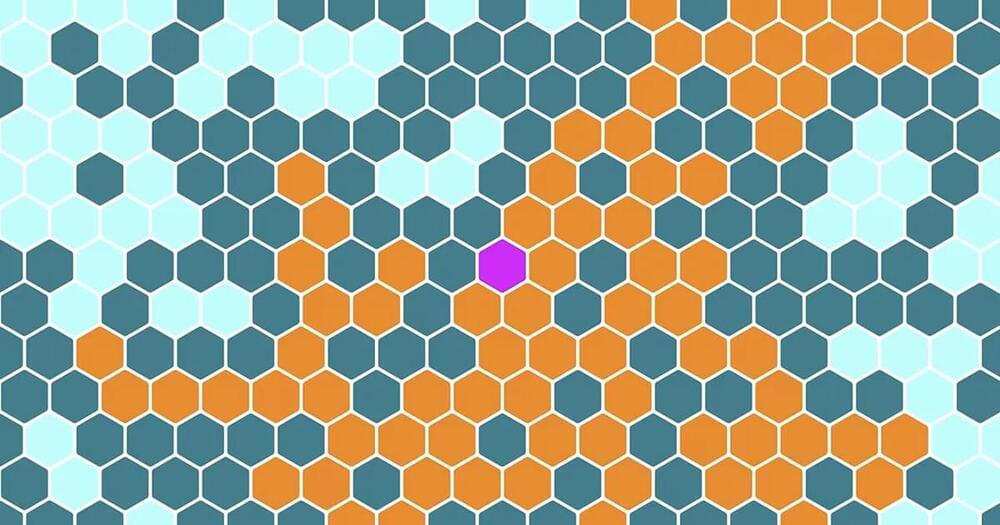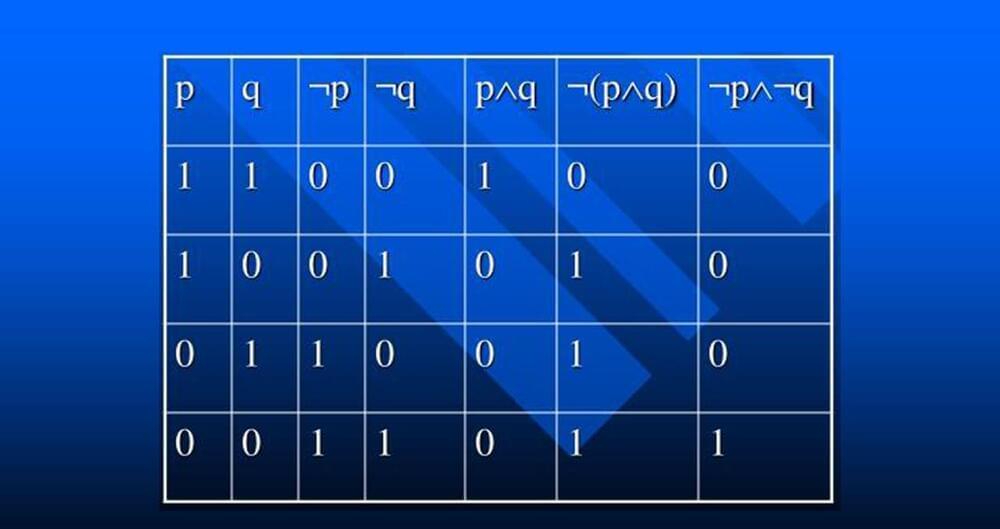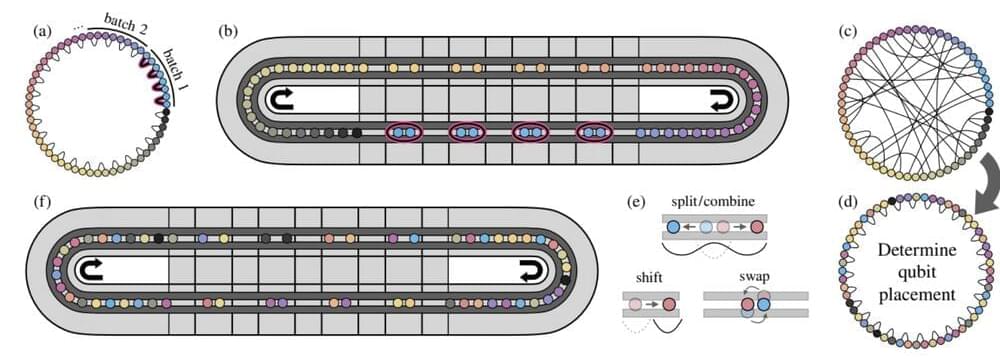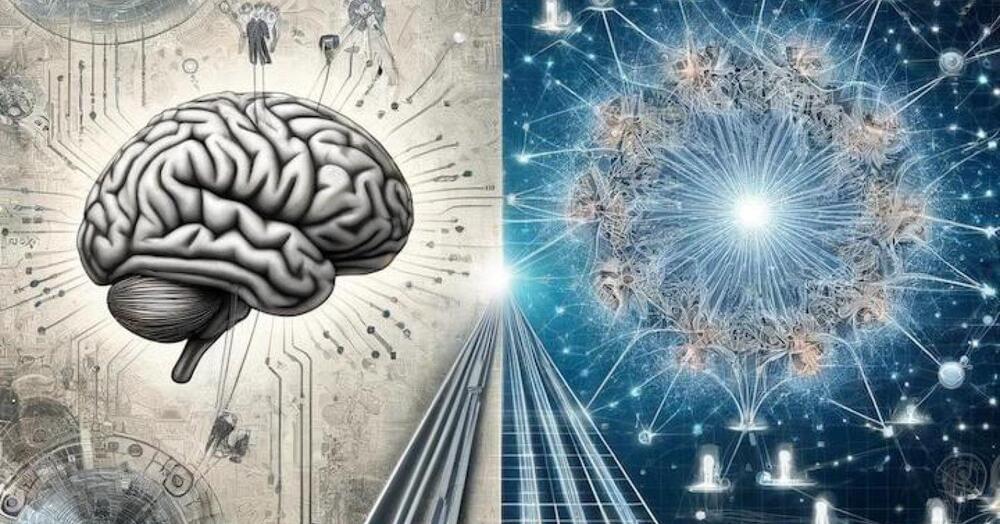The 25th Annual S. Dexter Squibb Distinguished Lecture Series in ChemistryFeaturing: Dr. Theodore Goodson IIIThe Richard Barry Bernstein Collegiate Professor…
Get the latest international news and world events from around the world.

The Researcher Trying to Glimpse the Future of AI
Imagine if the world’s response to climate change relied solely on speculative predictions from pundits and CEOs, rather than the rigorous—though still imperfect—models of climate science. “Two degrees of warming will arrive soon-ish but will change the world less than we all think,” one might say. “Two degrees of warming is not just around the corner. This is going to take a long time,” another could counter.
This is more or less the world we’re in with artificial intelligence, with OpenAI CEO Sam Altman saying that AI systems that can do any task a human can will be developed in the “reasonably close-ish future,” while Yann LeCun, Chief AI Scientist at Facebook, argues that human-level AI systems are “going to take a long time.”
Jaime Sevilla, a 28-year-old Spanish researcher, is trying to change that. It is far from clear whether and how the capabilities of the most advanced AI systems will continue to rapidly progress, and what the effects of those systems will be on society. But given how important AI already is, it’s worth trying to bring a little of the rigor that characterizes climate science to predicting the future of AI, says Sevilla. “Even if AI innovation stopped, this is already a technology that’s going to affect many people’s lives,” he says. “That should be enough of an excuse for us to get serious about it.”
Tutorial | Bayesian causal inference: A critical review and tutorial (Standard Format)
This tutorial aims to provide a survey of the Bayesian perspective of causal inference under the potential outcomes framework. We review the causal estimands, assignment mechanism, the general structure of Bayesian inference of causal effects, and sensitivity analysis. We highlight issues that are unique to Bayesian causal inference, including the role of the propensity score, the definition of identifiability, the choice of priors in both low and high dimensional regimes. We point out the central role of covariate overlap and more generally the design stage in Bayesian causal inference. We extend the discussion to two complex assignment mechanisms: instrumental variable and time-varying treatments. We identify the strengths and weaknesses of the Bayesian approach to causal inference. Throughout, we illustrate the key concepts via examples.
Instructor:
Fan Li, Professor, Department of Statistical Science, Department of Biostatistics \& Bioinformatics, Duke University.



What’s Wrong with Symbolic Logic?
Actually, nothing is wrong with it if you are a computer science major. It’s just that it has no place in the philosophy department.
From the point of anyone wanting to work in natural language, symbolic logic has all of the vices of mathematics and none of its virtues. That is, it is obscure to the point of incomprehensibility (given the weak neurons of this English major at any rate), and it leads to no useful outcome in the domain of human affairs. This would not be so bad were it not for all those philosophy major curricula that ask freshmen to take a course in it as their “introduction” to philosophy. For anyone looking to explore the meaning of life, this is a complete turnoff.
What were the philosophy mavens thinking?


Generative AI Is The New Persuasion Edge
What is the red line in the ability to imitate or simulate the commonly recognizable characteristics of a popular or non-popular person when we seek to assess the potential for unethical persuasion of technologies like GenAI?
What responsibility does the creator bear for the intrinsic consequences related to the unethical use of a person’s identity as a lever of persuasion through technology?
Persuasion has no dark side per se: only the intentions of those who wield it do, and GenAI is not inherently endowed with such intentions, neither for itself nor by itself.
New Theory Changes Everything: SIDM and Dark Matter Collision!
Discover the groundbreaking Self-Interacting Dark Matter (SIDM) theory that suggests dark matter particles might collide and interact with each other. Learn how recent studies on the El Gordo galaxy cluster support this revolutionary idea, potentially changing our understanding of the universe’s structure and evolution. Dive into the cosmic dance and stay updated with the latest space discoveries!
Chapters:
00:00 Introduction.
00:44 The Dance of Self-Interacting Dark Matter.
02:39 Unveiling the Strengths and Weaknesses of CDM and SIDM
05:14 Exploring Dark Matter: Methods and Future Prospects.
09:20 Outro.
09:37 Enjoy.
Best Telescopes for beginners:
Celestron 70mm Travel Scope.
https://amzn.to/3jBi3yY
Celestron 114LCM Computerized Newtonian Telescope.
https://amzn.to/3VzNUgU
Celestron – StarSense Explorer LT 80AZ
https://amzn.to/3jBRmds.
Visit our website for up-to-the-minute updates:
